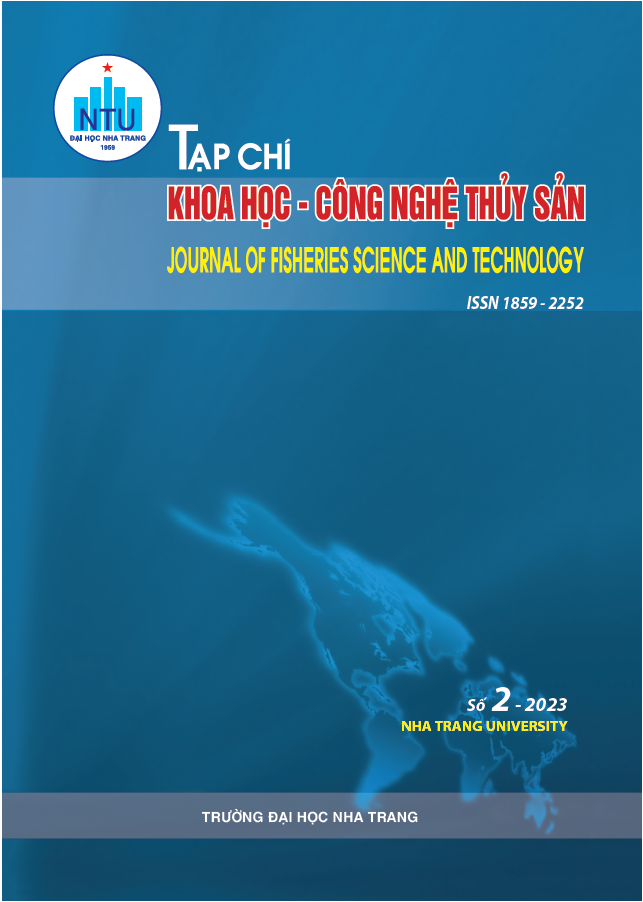##plugins.themes.huaf_theme.article.main##
Abstract
The removal of ammonium in wastewater plays an important role in environmental protection, and wastewater from seafood processing plants is one of the issues of concern to environmental managers today. According to the traditional method, ammonium is usually treated by biological means using aerobic microorganisms according to the nitrification/denitrification pathway or anaerobic microorganisms following the partial nitrification/ANAMMOX pathway. This study uses wastewater from the processing of seafood to test a novel idea using an anaerobic microbial sludge system called Feammox. The processing wastewater added to the experimental 40 L Feammox model has an ammonium content of 90 ÷ 110 mg/L and a COD content of roughly 800 ÷ 1200 mg/L. According to the monitoring data, the pH is kept between 6.5 ÷ 7.7, the redox potential fluctuates between -25 and 55 mV, the ammonium content is removed above 90%, all of which are within the required ranges. The initial results of the open research show the potential application of the feammox principle in the treatment of seafood processing wastewater today.

